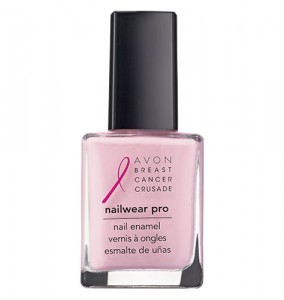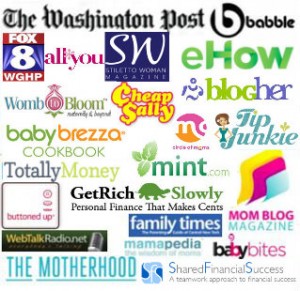Food on the Table is an easy meal planning service that is based on sales at local grocery stores. With Food on the Table, you’ll be able to:
– find thousands of easy, healthy recipes
– save money by knowing the items that are on sale
– simplify your shopping experience with a well organized grocery list
How cool is that? I found this site last night when I was searching for meal ideas for the coming weeks. I just signed up and I am excited to check it out! It’s free if you use the service for 3 meals or less a week {that’s what I chose to start with}. For more than 3 meals a week and more recipes, you can upgrade to the premium version for a low introductory rate of $5/month. Click the image above to sign up!




























Recent Comments